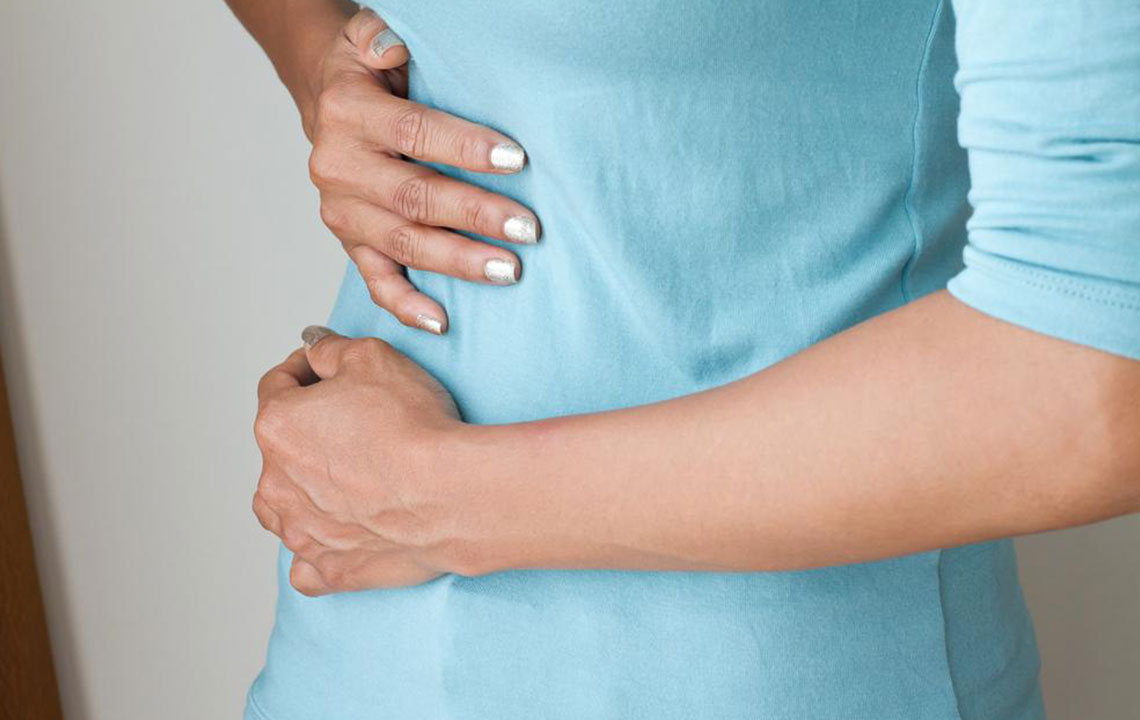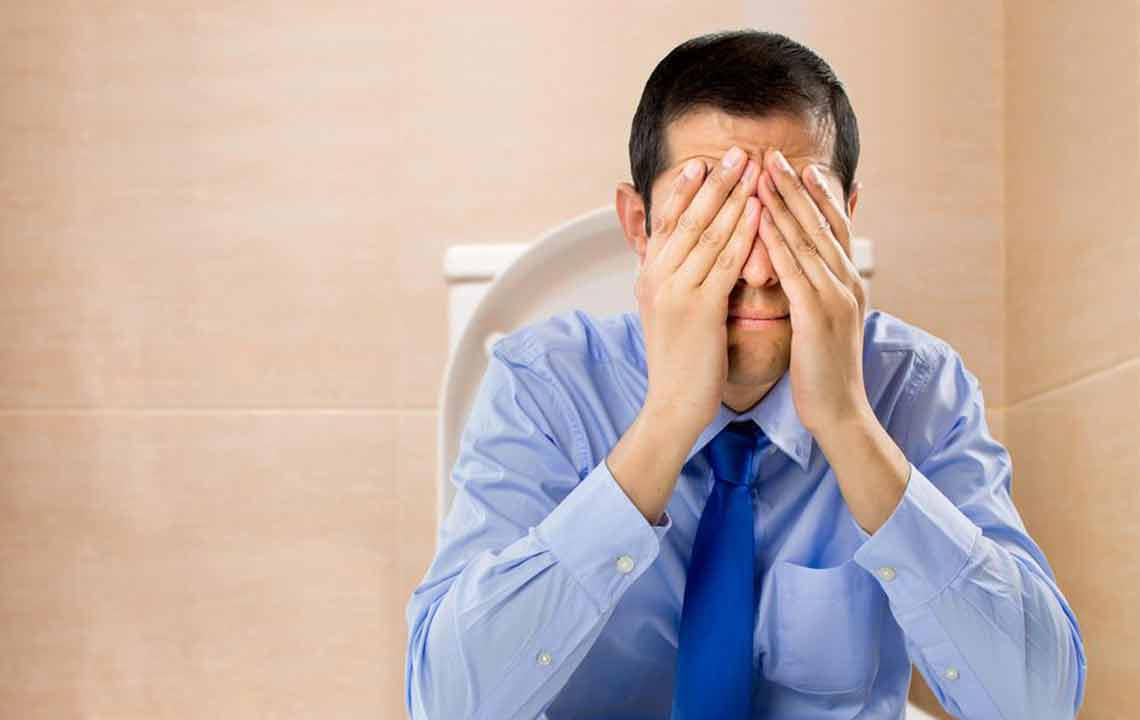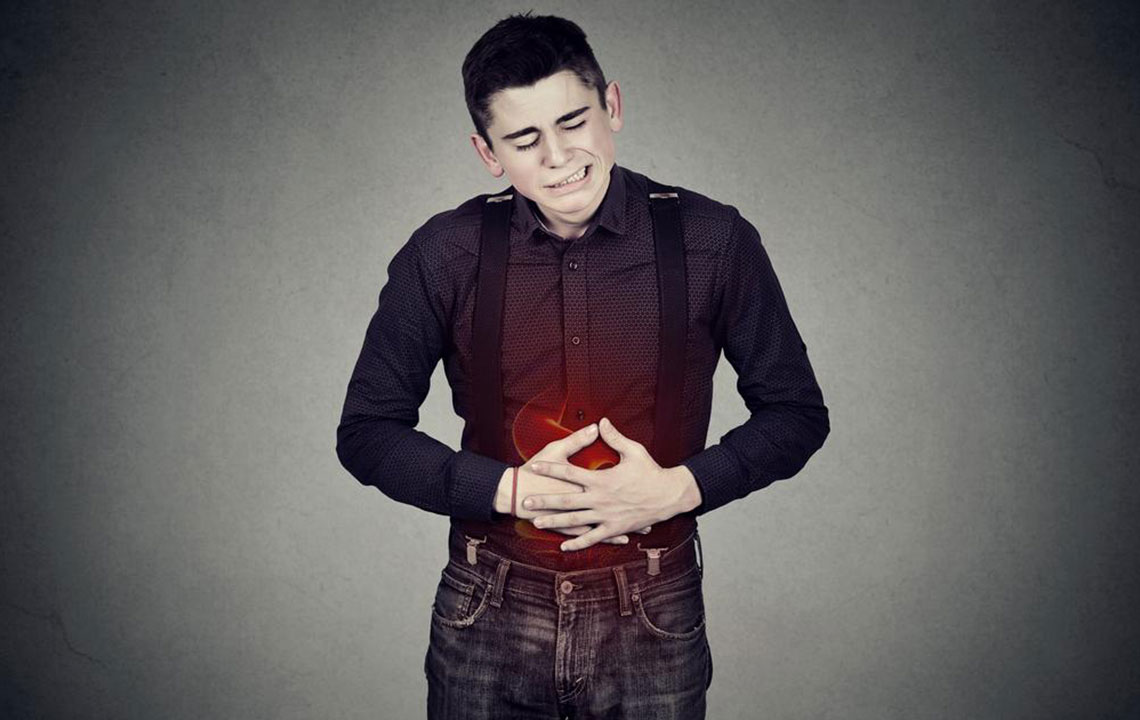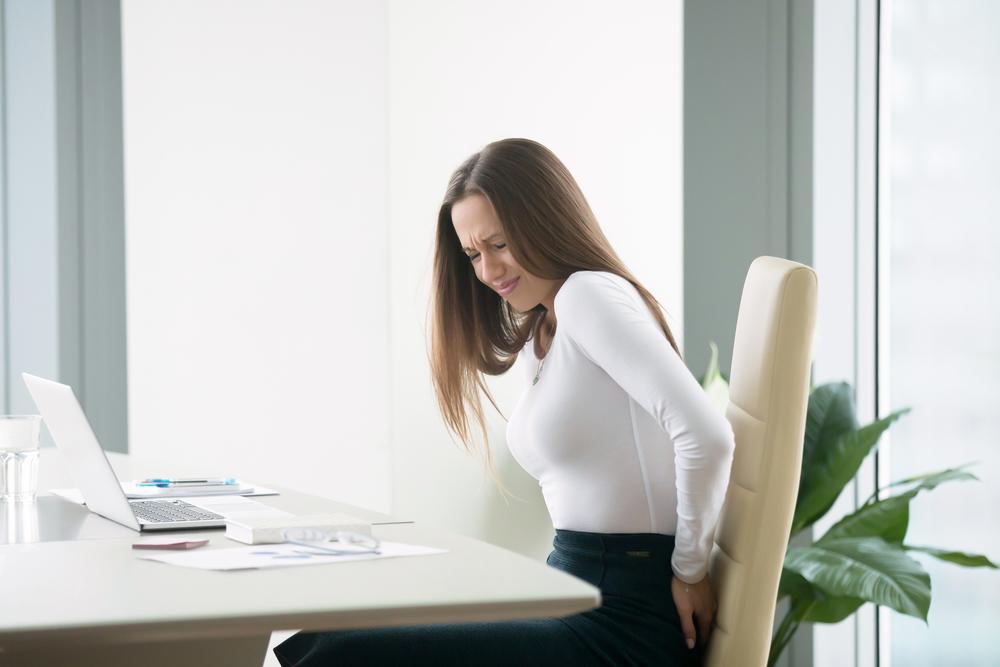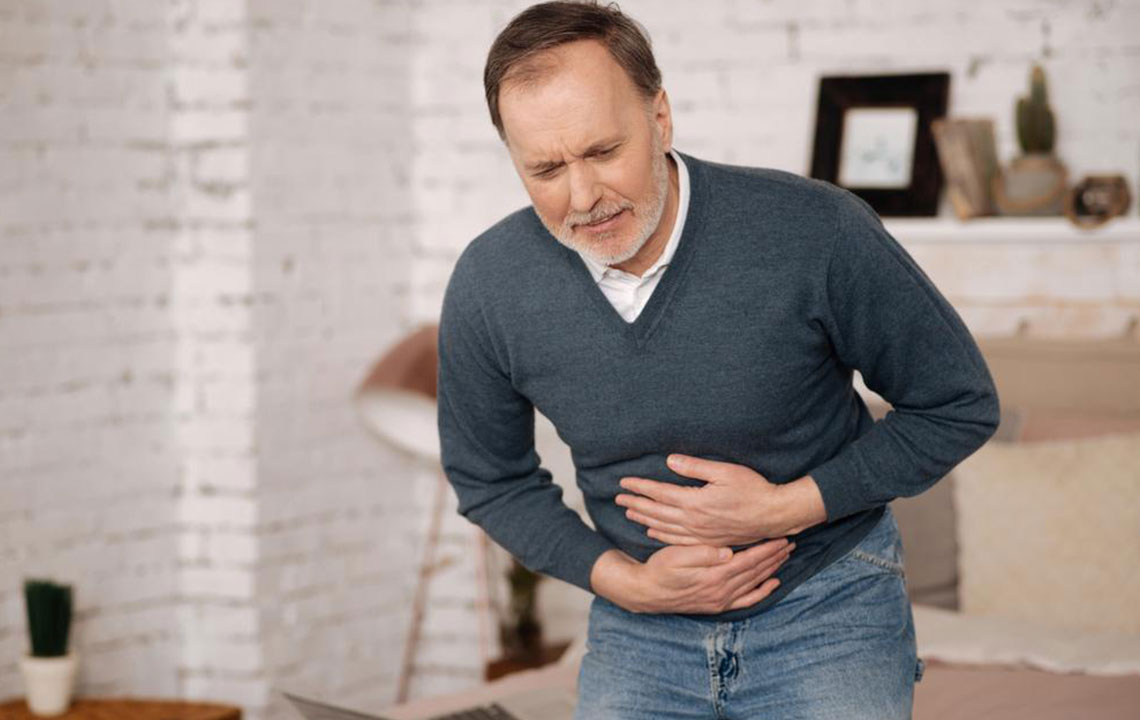Comprehensive Guide to Hemorrhoids: Causes, Symptoms, and Effective Treatment Options
This comprehensive article explores the causes, types, symptoms, and treatment options for hemorrhoids, emphasizing prevention and early intervention. It highlights lifestyle modifications, non-surgical and surgical procedures, and tips to reduce risks, helping patients manage this common condition effectively and improve quality of life.
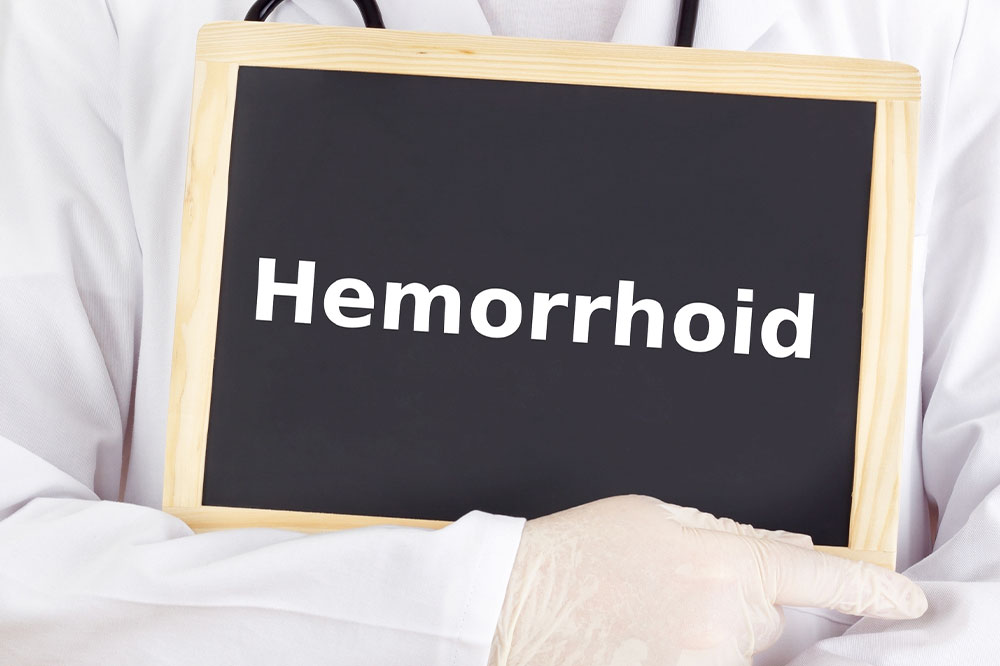
Comprehensive Guide to Hemorrhoids: Causes, Symptoms, and Effective Treatment Options
Hemorrhoids, commonly known as piles, are a widespread health issue characterized by swollen or enlarged veins in the lower rectal and anal area. These vascular structures can become inflamed or distended due to various factors, leading to discomfort, pain, and other complications if left untreated. While hemorrhoids are a common condition affecting millions of people worldwide, understanding their causes, types, and available treatment options is essential for effective management and relief. This comprehensive guide aims to shed light on the various aspects of hemorrhoids, including risk factors, symptoms, preventive measures, and both non-surgical and surgical treatment methods.
What Causes Hemorrhoids? An In-depth Examination of Triggers and Risk Factors
Hemorrhoids develop when the veins in the lower rectum and around the anus become swollen, inflamed, or engorged. Several factors can contribute to this condition, often acting synergistically to increase the risk. Understanding these causes is crucial for prevention and early intervention, reducing the likelihood of persistent discomfort and complications.
Age as a Contributing Factor
Age is a significant risk factor for hemorrhoids, with prevalence increasing among middle-aged and older adults. Typically, individuals between 40 and 65 years old are most affected, although younger populations are not immune. As we age, supporting tissues in the rectal area weaken, and vascular structures lose elasticity, making them more susceptible to swelling and prolapse.
Chronic Constipation and Straining
One of the primary causes of hemorrhoids is straining during bowel movements, often resulting from chronic constipation. When stool becomes hardened or excessively dry, considerable effort is required to pass it. This excessive straining increases pressure within the anal and rectal veins, leading to their dilation and potential formation of hemorrhoids. In addition, frequent straining can cause existing hemorrhoids to enlarge or prolapse.
Pregnancy and Hormonal Changes
Pregnancy is a notable risk factor due to physiological changes that increase pressure inside the abdomen and pelvis. As the fetus grows, the expanding uterus exerts pressure on the pelvic veins, impairing venous return and promoting vein swelling in the rectal area. Additionally, hormonal fluctuations during pregnancy can weaken supporting tissues. Women who are pregnant or have recently given birth are more prone to developing hemorrhoids. Consuming a diet rich in high-fiber foods such as whole grains, fruits, and vegetables can help mitigate symptoms and ease bowel movements.
Physical Activities and Mechanical Stress
Heavy lifting and strenuous activities impose mechanical stress on the lower body, especially when performed improperly or without adequate support. Activities involving lifting heavy weights or repetitive strain can significantly increase intra-abdominal pressure, which translates to increased pressure in rectal veins, leading to hemorrhoid formation. Proper lifting techniques and avoiding unnecessary exertion can help reduce this risk.
Obesity and Excess Body Weight
Obesity, resulting from poor diet and sedentary lifestyle, elevates the risk of hemorrhoids by increasing intra-abdominal pressure. Excess weight strains the pelvic region and weakens vascular support structures, promoting vein swelling. Maintaining a healthy weight through balanced nutrition and regular physical activity is an effective preventative strategy.
Prolonged Sitting and Sedentary Lifestyle
Sitting for extended periods, especially on the toilet or in an inactive posture, can contribute to hemorrhoid development. This is because prolonged sitting increases pressure on the anal veins, impeding proper blood flow and causing vessel dilation. Taking regular breaks, standing, and engaging in light physical activity help promote proper circulation and prevent venous congestion.
Types of Hemorrhoids: Internal and External
The classification of hemorrhoids depends on their location relative to the anal canal and their symptomatology:
Internal Hemorrhoids: These are located above the anal sphincter within the rectum. Often painless due to fewer nerve endings, internal hemorrhoids may prolapse or become symptomatic when they enlarge or when strained during bowel movements. Symptoms can include bleeding, mucus discharge, and a sensation of fullness or prolapse.
External Hemorrhoids: Situated below the anal sphincter around the perianal skin, external hemorrhoids are more tender and painful because of the presence of sensitive nerve endings. They may cause swelling, discomfort, itching, and bleeding, especially during defecation or pregnancy.
Effective Treatment Strategies for Hemorrhoids
Managing hemorrhoids effectively involves a combination of lifestyle modifications, topical treatments, and medical procedures when necessary. Early intervention can prevent progression and complications.
Self-Care and Lifestyle Modifications
Topical Treatments: Applying hydrocortisone ointments and anesthetic gels can reduce inflammation and alleviate pain. Use these products under medical advice for safe and effective relief.
Cold and Warm Compresses: Cold packs or ice cubes applied to the affected area can diminish swelling and provide quick relief. Warm sitz baths (soaking the anal region in warm water for 10-20 minutes) twice daily can relax muscles, reduce discomfort, and promote healing.
Pain Management: Over-the-counter analgesics such as acetaminophen or ibuprofen help alleviate discomfort during flare-ups.
Dietary Changes: Incorporating a high-fiber diet rich in fruits, vegetables, and whole grains softens stool, making bowel movements easier and reducing strain. Drinking plenty of water is also vital for stool consistency.
Hygiene Practices: Maintain cleanliness by gently cleansing the anal area after bowel movements. Avoid harsh alcohol-based wipes; instead, opt for moist, fragrance-free wipes or mild water cleaning.
Proper Laxative Use: When necessary, use gentle laxatives or fiber supplements to prevent constipation and reduce strain.
Non-Surgical Medical Procedures
Elastic Band Ligation: A common outpatient technique where a tiny rubber band is placed around the base of a hemorrhoid, cutting off blood supply. The hemorrhoid shrinks and falls off within a week.
Sclerotherapy: Involves injecting a sclerosing agent into the hemorrhoid tissue, causing it to harden and shrink. Suitable for small to medium hemorrhoids.
Infrared and Laser Coagulation: These minimally invasive procedures use heat to seal blood vessels, reducing hemorrhoid size and symptoms rapidly.
Surgical Interventions for Severe Cases
Hemorrhoidectomy: The definitive surgical removal of hemorrhoids, performed under local or general anesthesia. This procedure offers permanent relief, especially for large or prolapsed hemorrhoids, but involves a longer recovery period.
Stapled Hemorrhoidopexy: A technique that repositions prolapsed hemorrhoids using a stapling device, resulting in less pain and faster recovery compared to traditional hemorrhoidectomy.
Prevention Tips to Minimize Hemorrhoid Risk
Avoid excessive straining during bowel movements by adopting healthy toileting habits.
Limit prolonged sitting and take frequent breaks to promote circulation.
Engage in regular aerobic exercise to maintain a healthy weight and improve vascular health.
Stay well-hydrated and consume a balanced, fiber-rich diet.
Seek medical advice early if experiencing symptoms of internal hemorrhoids or persistent discomfort.
In conclusion, hemorrhoids are a common but manageable condition that can significantly affect quality of life. Recognizing symptoms early and employing appropriate preventive measures and treatments can alleviate discomfort and prevent complications such as bleeding, infections, or prolapse. Consulting healthcare professionals is recommended for persistent or severe cases to determine the most suitable treatment strategy. With proper care and lifestyle adjustments, most people can live comfortably without significant hemorrhoid-related issues.
